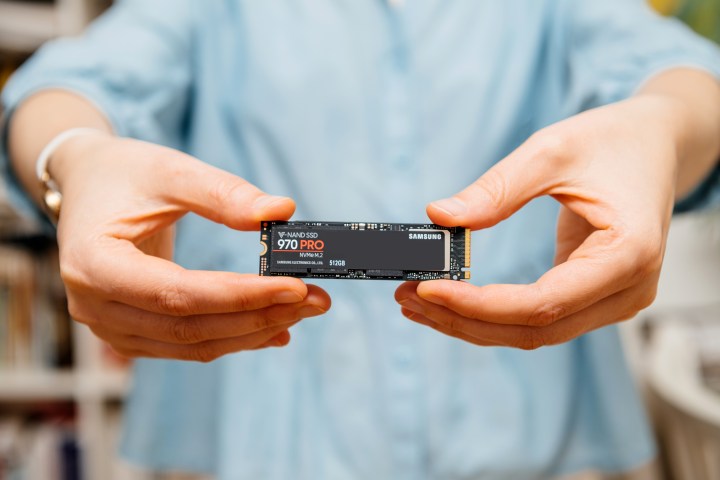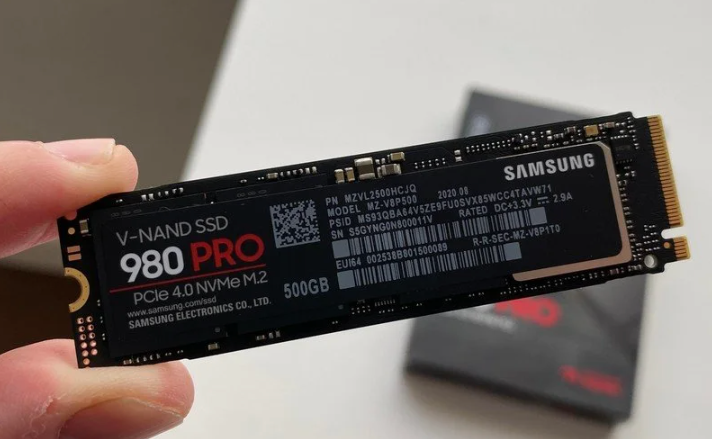While Samsung makes its own NAND for its SSDs, it also supplies NAND to third-party vendors. It’s not alone in that market, with other manufacturers such as Micron and SK Hynix competing against it. However, if the prices of Samsung NAND wafers skyrocket — and they might go up by as much as 44% — then the market as a whole is bound to be affected.

This is grim news for PC builders and upgraders, but keep in mind that these increases won’t translate to SSDs being up to 40% more expensive. The final price for the consumer is going to be less impactful, but some of the extra cost is bound to carry over to the end users. Samsung is also reportedly decreasing RAM and NAND production in 2024, as the market has been flush with plenty of SSDs of all sizes. With these adjustments, we might see fewer SSDs up for sale, and the ones that are out there will slowly climb up in pricing.
Don’t worry — we’re not going to enter a storage shortage. If you want to buy an SSD next year, they’ll still be there. However, chances are that you’ll be paying more than you would if you bought extra storage within the next couple of months instead. Seeing as speedy M.2 SSDs fit most modern motherboards, it might be a good time to stock up while they’re cheap.
Editors' Recommendations
- What is NVMe? Everything you need to know about high-speed storage
- Apple M2 Ultra: everything you need to know about Apple’s most powerful chip
- This reliable leaker has some bad news about Apple’s M2 Pro chips
- Upgrading the Apple M1 to the M2 ends in disappointment
- Future M.2 SSDs will be powerful, but with one key flaw




-250x250.jpg)







Leave a Comment